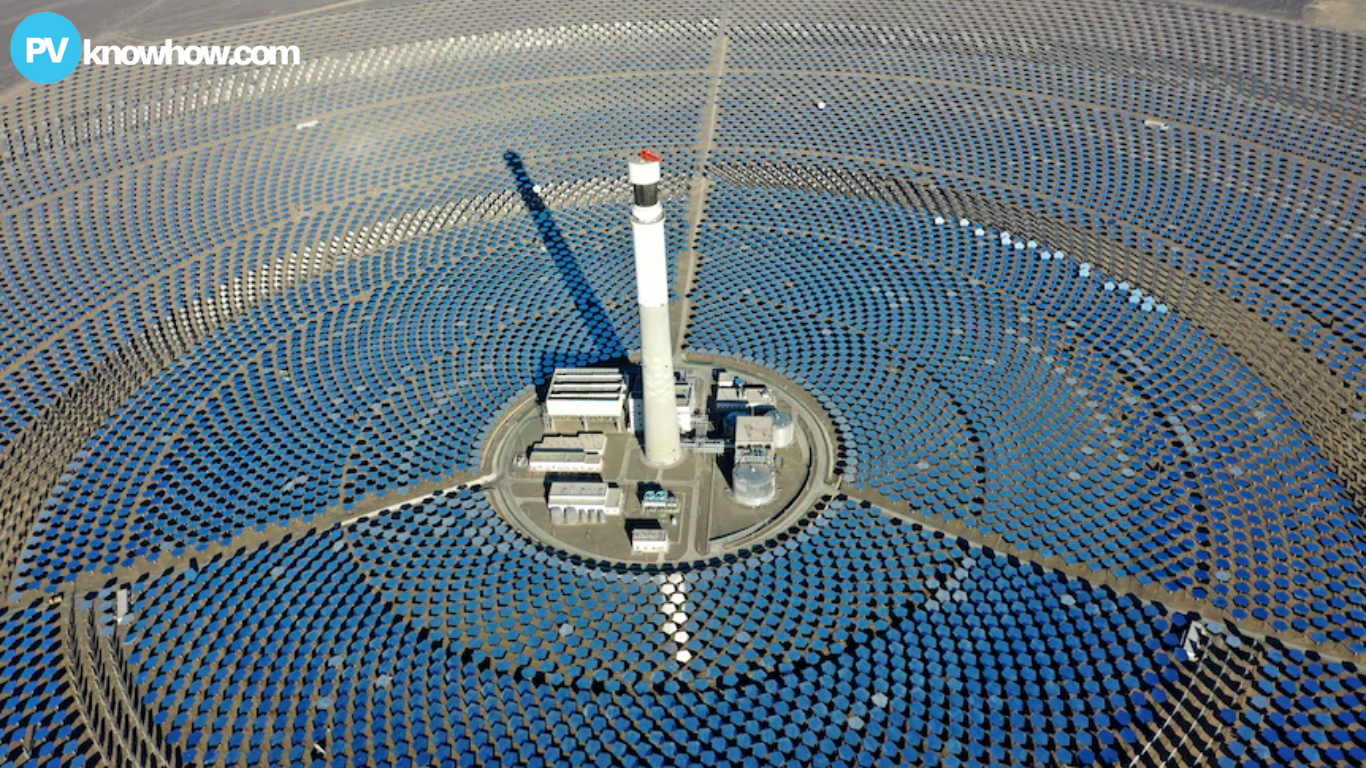Zimplats — a producer of platinum group metals — has invested $27 million in its 35MW solar energy plant project, which is part of a broader initiative to enhance grid supply. This project is one of many capital projects underway as part of the company's $1.8 billion investment plan.
Expenses Less Than Budget
Zimbabwe is grappling with a severe power shortage, resulting in prolonged rationing that disrupts economic activities. This situation compels both businesses and individuals to resort to costlier alternatives like fuel-powered generators.

Image: Collected
The company announced that the solar power plant is set to commence power generation by the conclusion of May 2024. According to the company's quarterly update for the period ending March 31, 2024, $27 million has been utilized for the 35 MW solar plant project, compared to the $37 million budget.
Zimplats plans to implement the project in phases, aiming to produce 185MW by around 2028. This timeline aligns with the completion of ongoing projects, including smelter expansion, concentrator expansion, and other mine extensions. The solar plant spans 109 hectares and features over 10,000 PV solar panels, each generating 550 watts per square meter, along with six inverters.
Zimbabwe Turns to Solar For Energy Demands
Zimbabwe is increasingly turning to solar energy to meet its energy demands sustainably. With abundant sunshine, the country is well-suited for solar power generation. The government has introduced various measures to encourage the adoption of solar energy, such as tax breaks and subsidies for households and businesses installing solar panels.
The solar energy sector in Zimbabwe is expanding, with numerous companies offering solar solutions like photovoltaic panels, solar water heaters, and standalone systems. These options are both cost-efficient and eco-friendly, reducing the country's reliance on fossil fuels.
Solar energy is now lighting up homes, schools, hospitals, and businesses nationwide, providing clean and dependable power to communities. Moreover, it's creating job opportunities, as more individuals are needed to install, maintain, and repair solar systems.
Despite Zimbabwe's abundant solar resources, solar energy remains largely underutilized for commercial purposes. The country experiences high solar radiation averaging 20MJ per square meter and receives 3,000 hours of sunshine annually.
Government Incentives To Drive Investment
The potential for solar photovoltaic (PV) technology exceeds 300MW, yet only a mere 1% of the technical potential for solar water heaters is currently being utilized. Opportunities exist for both small and large-scale deployment of grid-connected and off-grid systems, particularly in remote areas.
Solar PV systems have diverse applications in both rural and urban areas. In rural communities, they are used for water pumping, solar drying, and powering lighting and appliances in institutions like schools and clinics, while in urban areas, they enable water heating through solar thermal technology.
The government provides significant fiscal incentives to investors, such as negotiable tax holidays and duty-free importation of solar equipment. Other benefits include investment opportunities in Special Economic Zones and arrangements like Build-Own-Operate-Transfer and Build-Own-Transfer.
Zimbabwe boasts a wealth of intellectual human capital and investor-friendly policies, making it an attractive destination for strategic investment in the solar energy sector.
